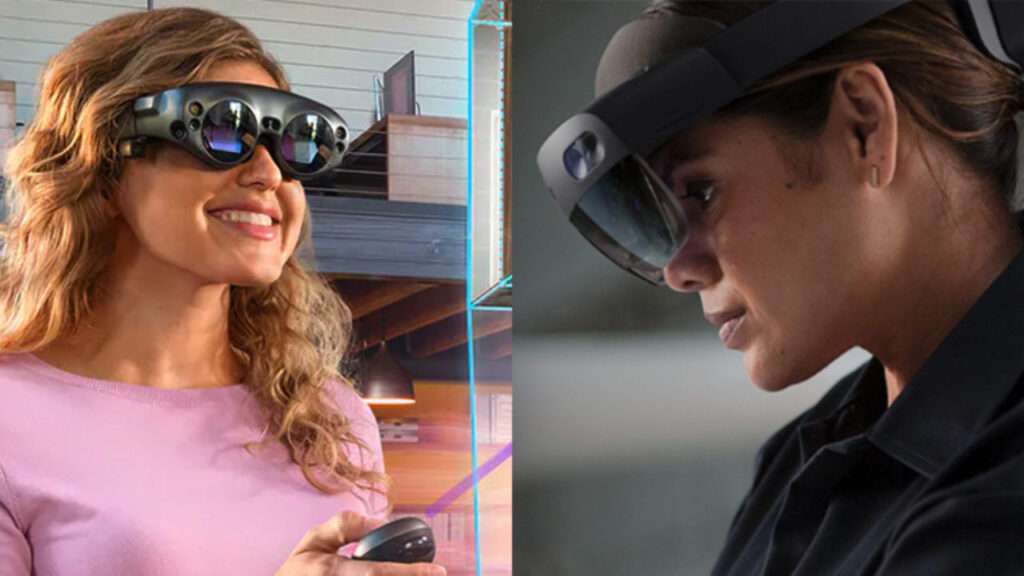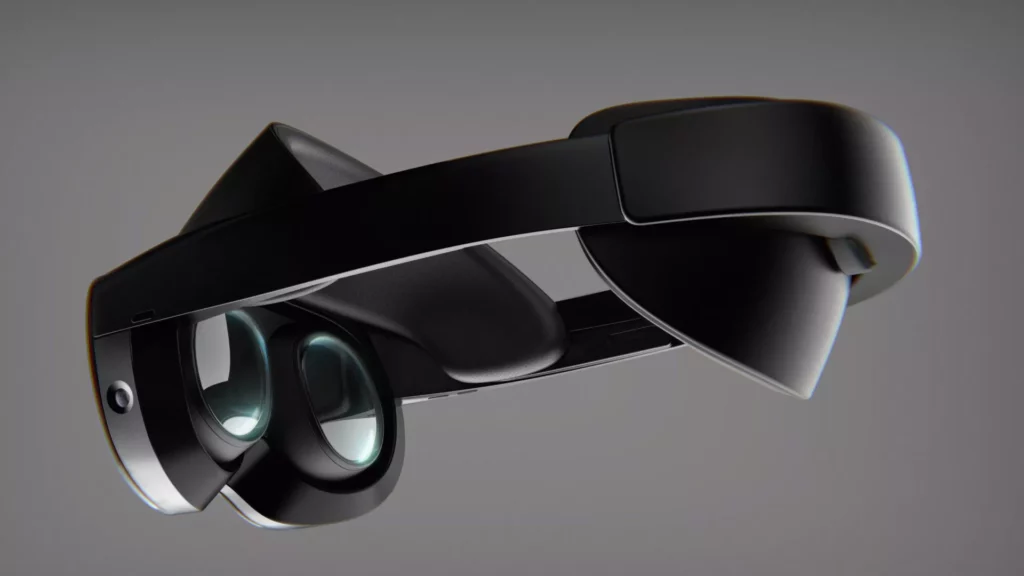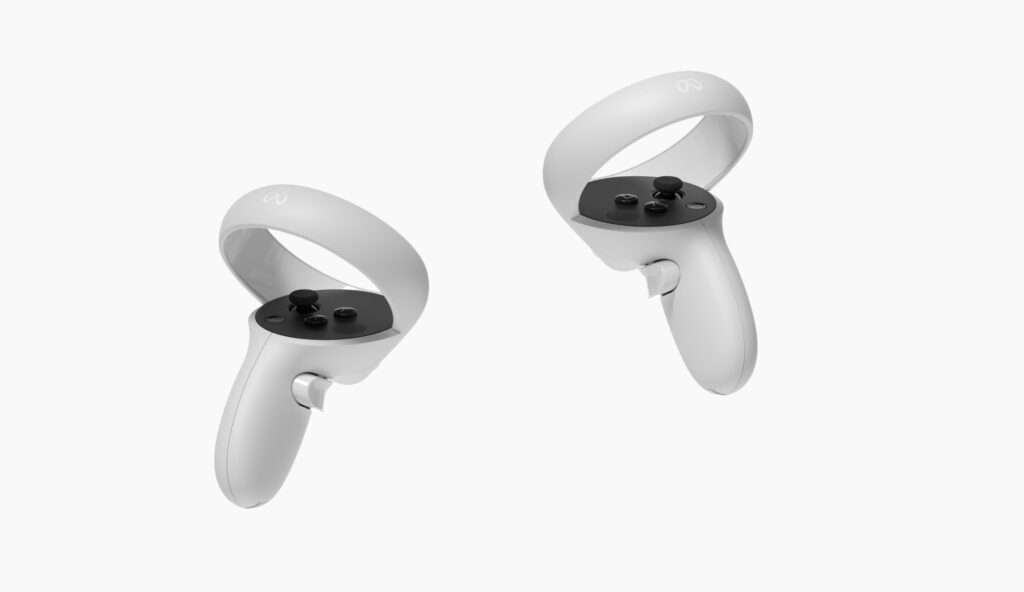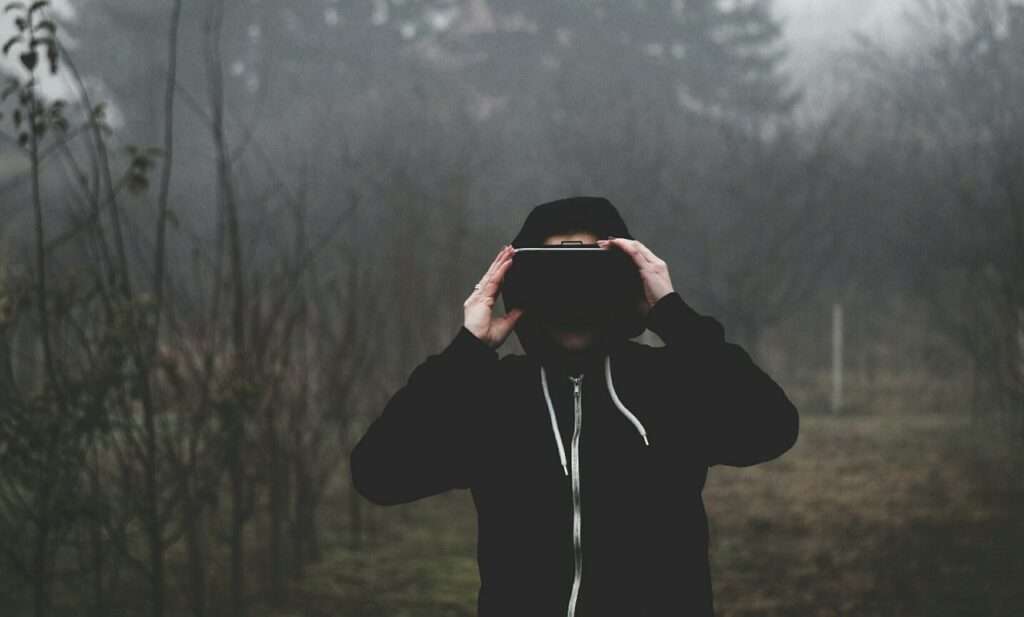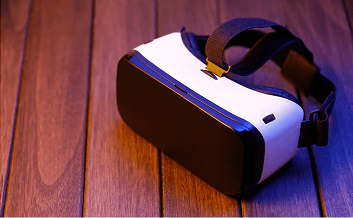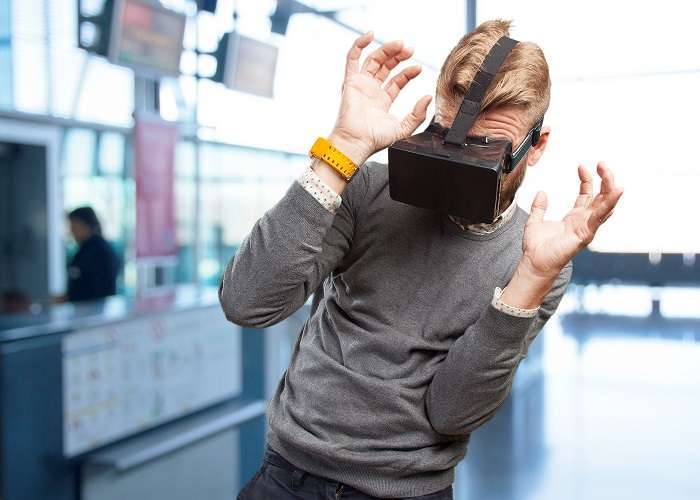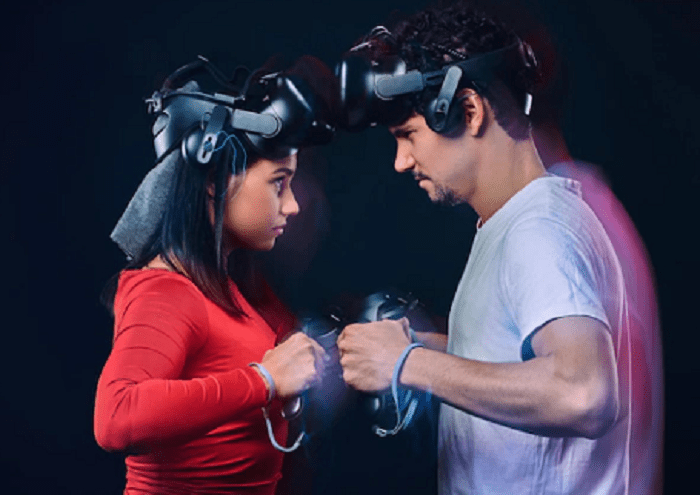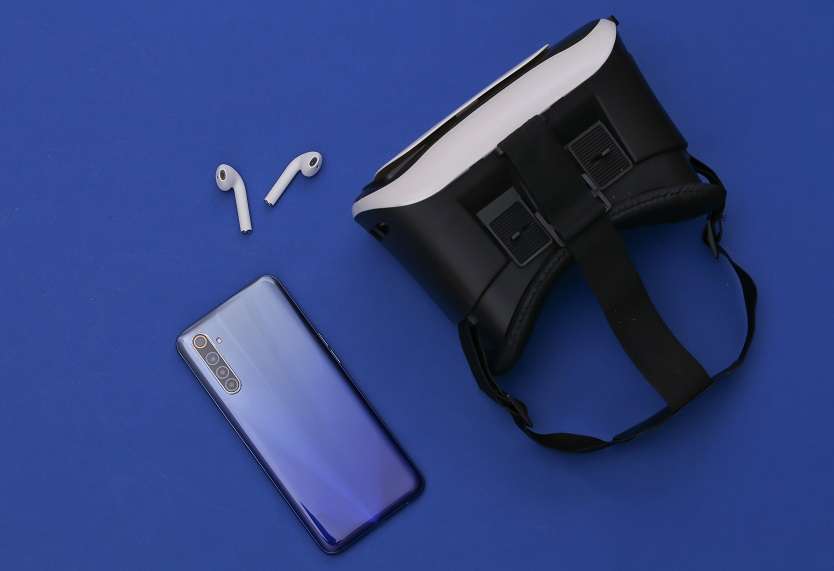Microsoft HoloLens vs. Magic Leap 2: Which AR Device is better?
Introduction
In the ever-evolving world of augmented reality (AR) devices, Microsoft HoloLens and Magic Leap 2 stand out as two prominent contenders. These cutting-edge AR headsets have captured the imagination of tech enthusiasts and consumers alike, offering immersive experiences that blend the digital and physical worlds. In this article, we compare Microsoft HoloLens and Magic Leap 2 to help you determine which AR device might be the better choice for your needs.
Microsoft HoloLens
Microsoft HoloLens has been at the forefront of AR technology since its initial release. The latest version, HoloLens 2, builds upon the success of its predecessor with enhanced features and improved ergonomics. With its transparent display, HoloLens overlays interactive holograms onto your real-world environment, creating a seamless mixed reality experience.
Features and Specifications
HoloLens 2 boasts a wide field of view, advanced hand and eye tracking, and spatial sound capabilities. Its high-resolution display ensures crisp and vibrant holographic visuals, while the integrated sensors enable precise tracking of your movements and interactions. The device is powered by a custom-designed Holographic Processing Unit (HPU) that enables fast and seamless rendering of virtual content.
Applications and Use Cases
The versatility of HoloLens makes it suitable for a range of applications. From industrial training and design to healthcare and gaming, HoloLens empowers users to interact with virtual objects in a natural and intuitive manner. Developers have created various exciting experiences, including interactive educational content, immersive gaming environments, and collaborative design tools.
Magic Leap 2
Magic Leap 2 is the highly anticipated successor to the original Magic Leap One. This compact and lightweight AR headset aims to provide users with a groundbreaking spatial computing experience. Magic Leap 2 combines digital content with the real world through its advanced optics and sensor technologies.
Features and Specifications
With improved ergonomics, Magic Leap 2 offers a comfortable and immersive AR experience. The device features a wide field of view, allowing users to see and interact with virtual objects seamlessly integrated into their surroundings. Magic Leap 2 also incorporates eye tracking, hand tracking, and gesture recognition technologies for intuitive control and interaction.
Applications and Use Cases
Similar to HoloLens, Magic Leap 2 caters to a variety of applications. From entertainment and gaming to enterprise solutions, the device has the potential to revolutionize industries. Users can enjoy interactive storytelling experiences, explore virtual worlds, and utilize spatial computing for design and productivity tasks.
Comparison
Now, let’s compare Microsoft HoloLens and Magic Leap 2 across several key factors:
Field of View
HoloLens 2 offers a larger field of view compared to Magic Leap 2, providing a more immersive and expansive visual experience. Magic Leap 2 has made improvements in this area compared to its predecessor, but HoloLens 2 still maintains the edge in terms of field of view.
Display Quality
Both devices deliver impressive visuals, but HoloLens 2’s high-resolution display offers slightly better image quality and clarity. The holographic content appears sharper and more detailed on the HoloLens 2, enhancing the overall immersion.
Tracking Capabilities
Both HoloLens 2 and Magic Leap 2 incorporate advanced tracking technologies, including hand and eye tracking. However, HoloLens 2’s tracking is often regarded as more accurate and responsive, enabling precise interactions with virtual objects.
Comfort and Ergonomics
When it comes to comfort, Magic Leap 2 has made significant improvements over its predecessor, offering a lighter and more ergonomic design. HoloLens 2 also features a comfortable fit, but some users may find it slightly bulkier compared to Magic Leap 2.
Content and Developer Support
Both HoloLens 2 and Magic Leap 2 have a growing ecosystem of applications and experiences. Microsoft’s strong developer community and support give HoloLens 2 an advantage in terms of available content and development resources. However, Magic Leap 2 is making strides to attract developers and expand its content library.
Frequently Asked Questions (FAQs)
1. Which AR device is better for gaming?
Both Microsoft HoloLens and Magic Leap 2 offer exciting gaming experiences, but HoloLens 2 currently has a more extensive gaming library with a variety of immersive titles. However, Magic Leap 2 is catching up and has the potential to offer compelling gaming experiences in the future.
2. Can these AR devices be used for professional applications?
Absolutely! Both HoloLens 2 and Magic Leap 2 are well-suited for professional applications across industries such as design, healthcare, education, and more. These devices enable professionals to visualize and interact with digital content in their real-world context, enhancing productivity and creativity.
3. Are these devices suitable for everyday use?
While HoloLens 2 and Magic Leap 2 are technologically advanced, they are still primarily targeted towards developers, professionals, and early adopters. The current price point and device capabilities may not make them practical for everyday consumer use. However, as the technology progresses and becomes more accessible, they may become more mainstream.
4. Can I wear prescription glasses with these devices?
Both HoloLens 2 and Magic Leap 2 are designed to accommodate users wearing prescription glasses. The headsets provide enough space to comfortably wear glasses while maintaining optimal viewing conditions.
5. How much do these AR devices cost?
As of now, the Microsoft HoloLens 2 is priced at [insert price], while the exact pricing for Magic Leap 2 is yet to be announced. AR devices tend to be high-end and can be quite expensive, primarily targeted at enterprise customers.
6. Can I use these devices with my smartphone or PC?
HoloLens 2 and Magic Leap 2 operate as standalone devices, meaning they do not require a separate smartphone or PC to function. However, they may offer integration options with other devices to enhance certain experiences.
7. Are these devices compatible with third-party applications?
Both HoloLens 2 and Magic Leap 2 support third-party applications and have dedicated developer platforms to encourage the creation of new experiences. Developers can leverage the devices’ capabilities to build innovative applications and expand the AR ecosystem.
8. What is the battery life of these devices?
The battery life of AR devices varies depending on usage and intensity. HoloLens 2 offers approximately [insert battery life], while Magic Leap 2 is expected to have similar or improved battery performance. It’s worth noting that running resource-intensive applications can reduce the battery life.
9. Can I use these devices outdoors?
Both HoloLens 2 and Magic Leap 2 are designed for indoor use, where environmental factors can be controlled for optimal tracking and performance. While they may work outdoors under certain conditions, direct sunlight and inconsistent lighting can affect the device’s tracking capabilities.
10. Which AR device should I choose?
The choice between Microsoft HoloLens 2 and Magic Leap 2 ultimately depends on your specific needs and preferences. Consider factors such as field of view, display quality, tracking capabilities, comfort, available content, and the intended use cases. It can be helpful to try out both devices or explore detailed reviews to make an informed decision.

